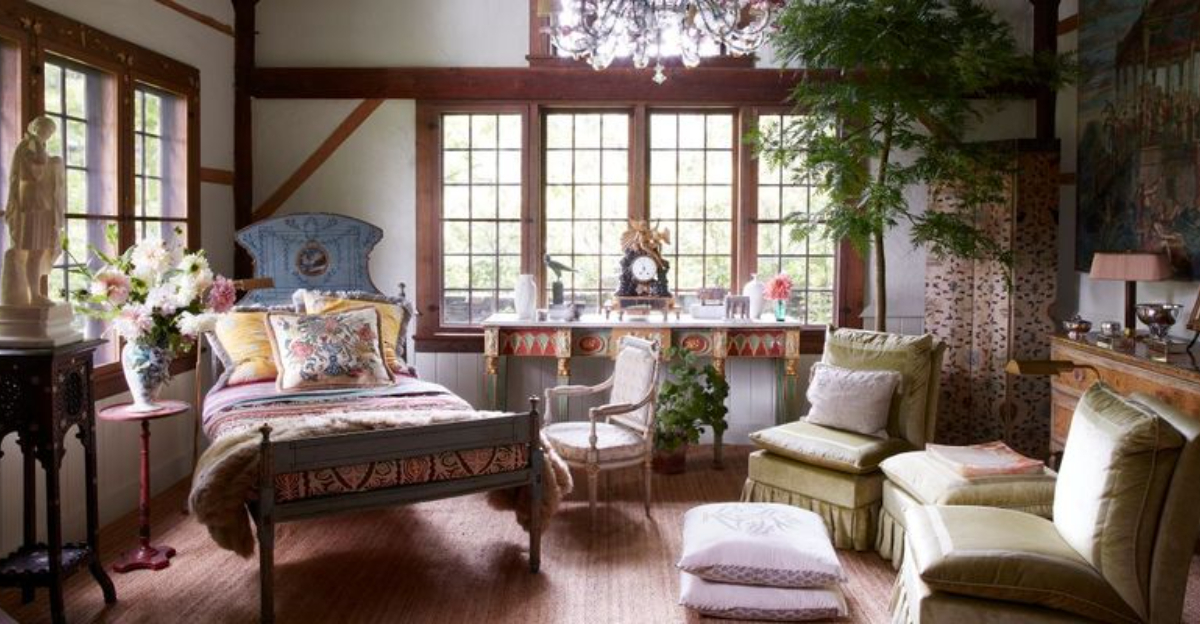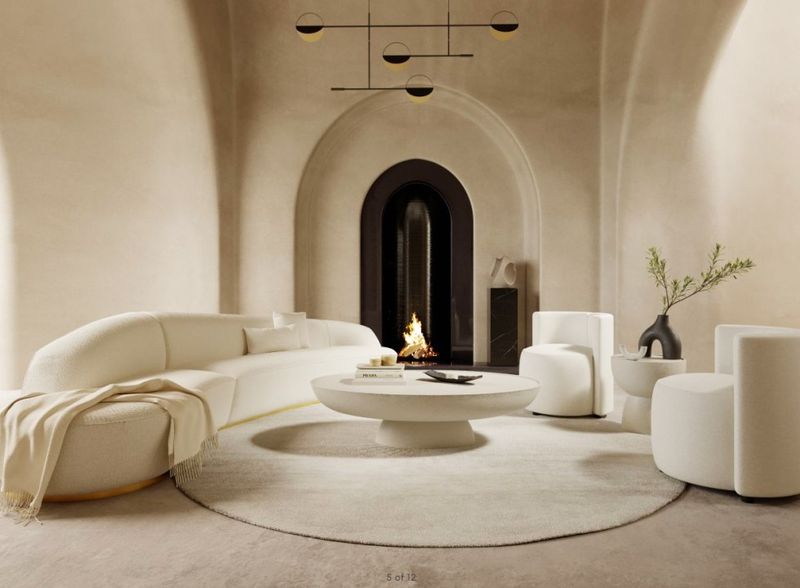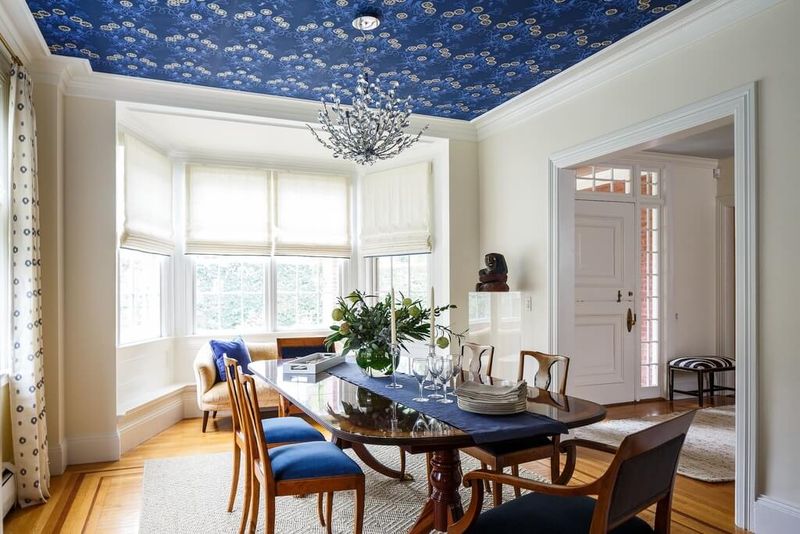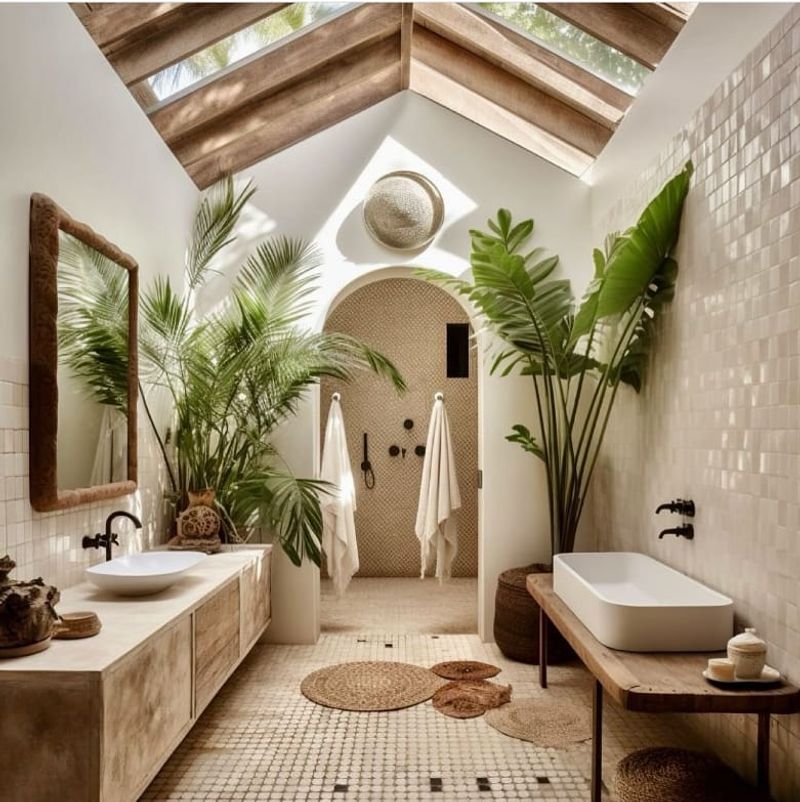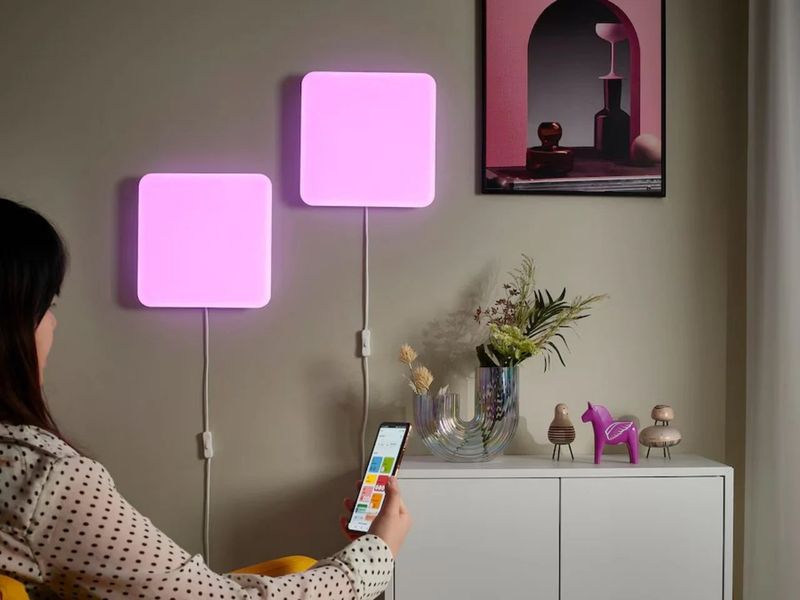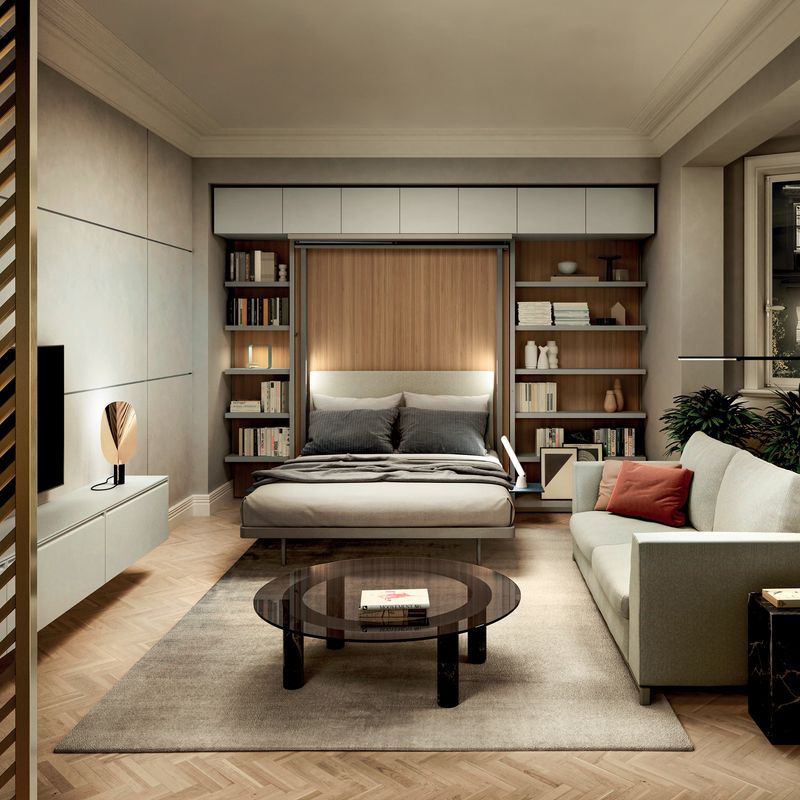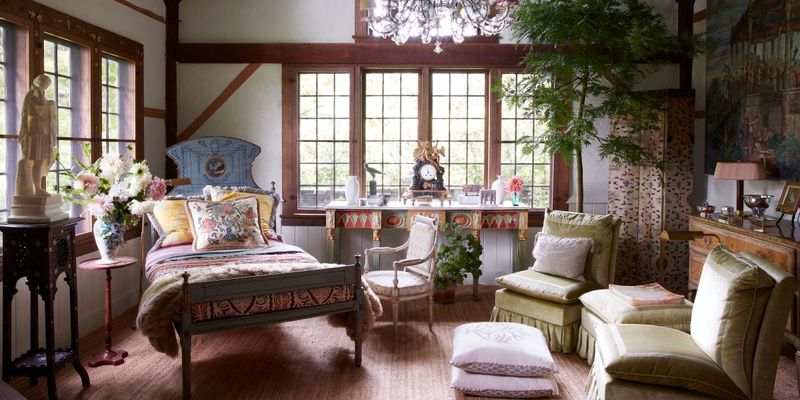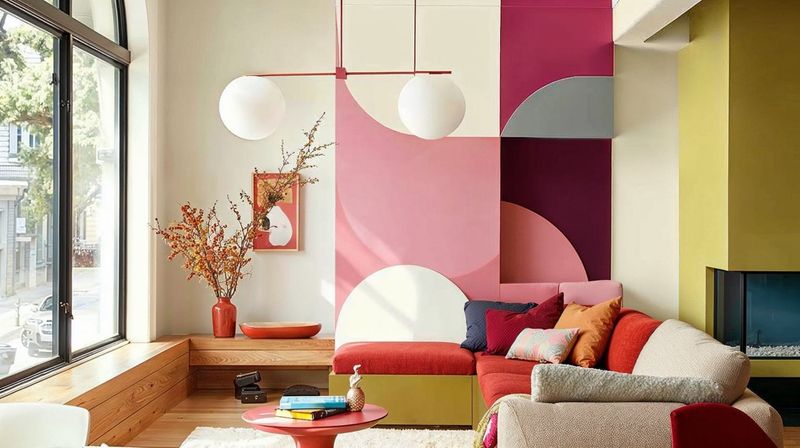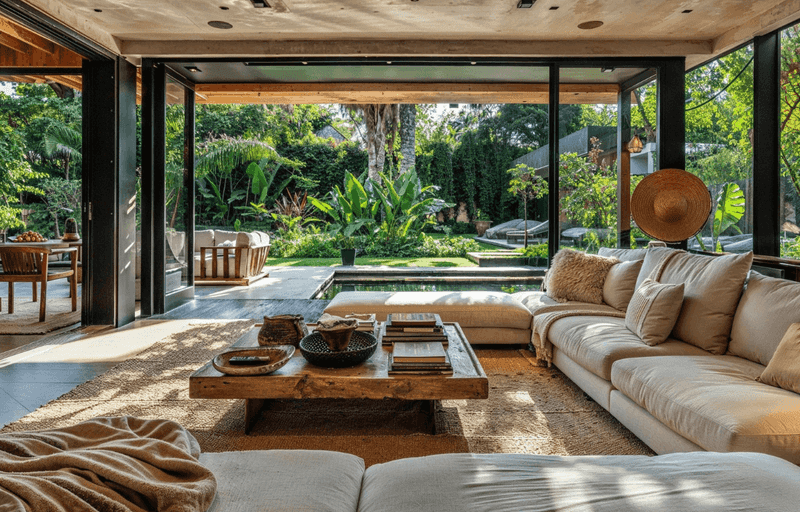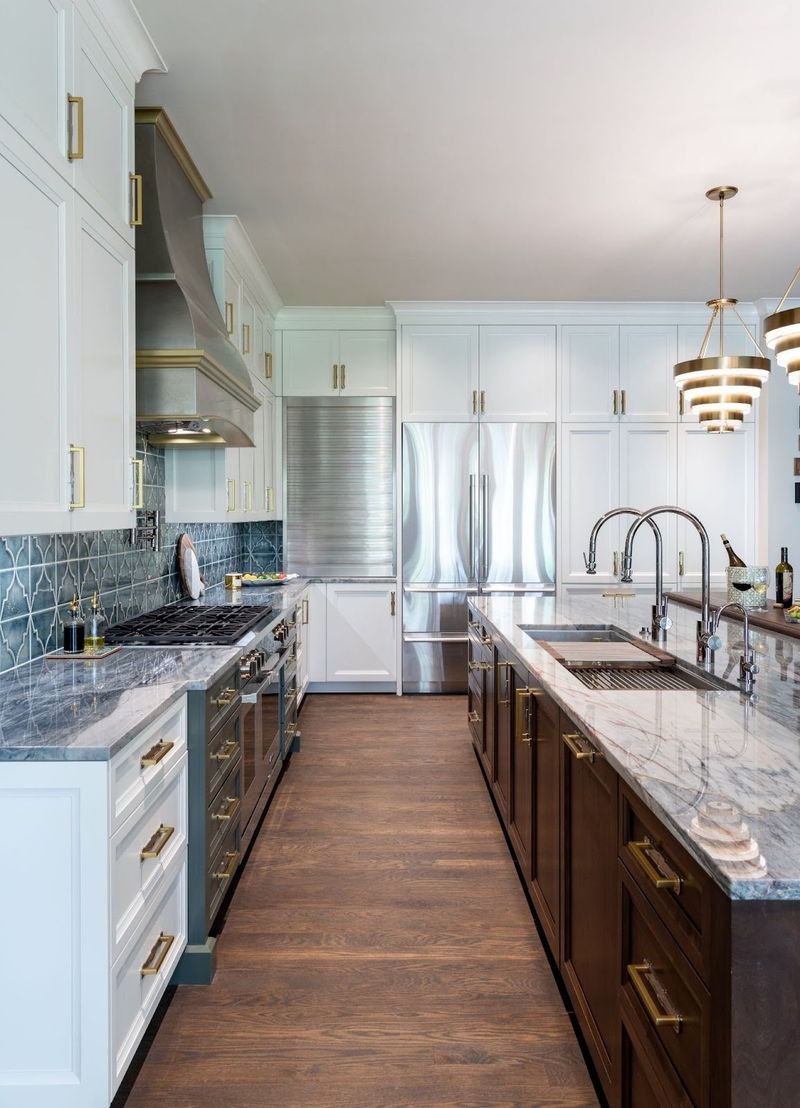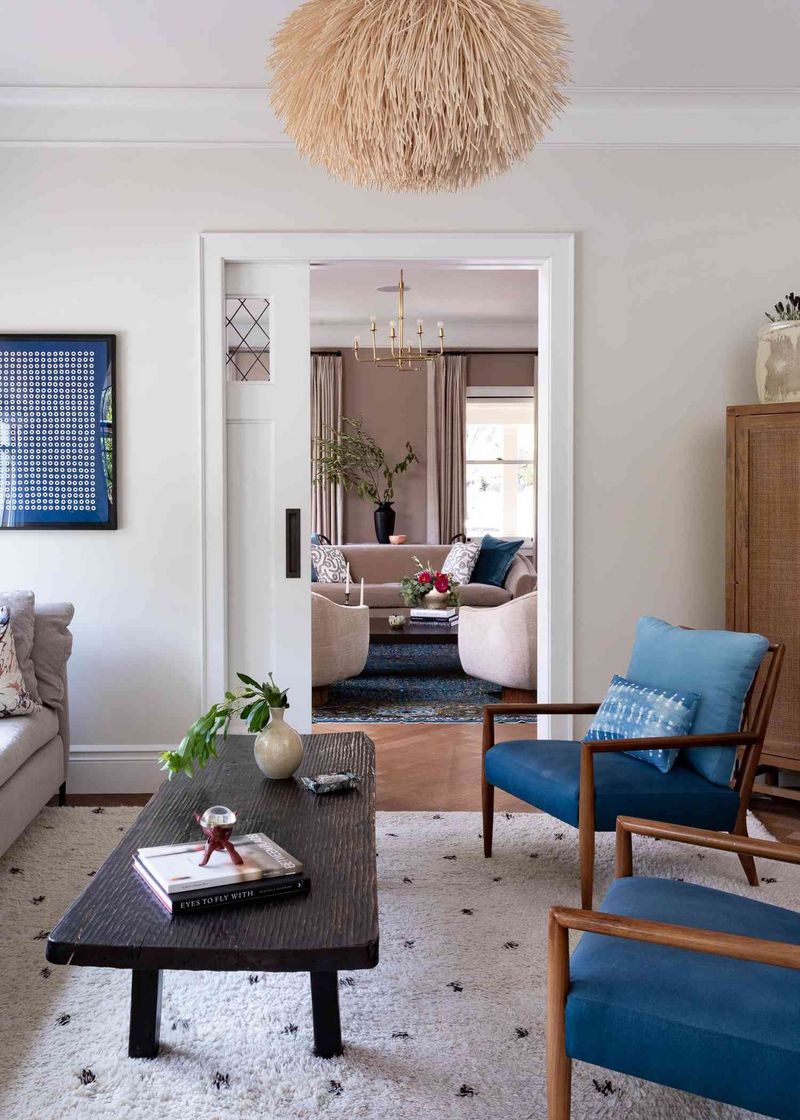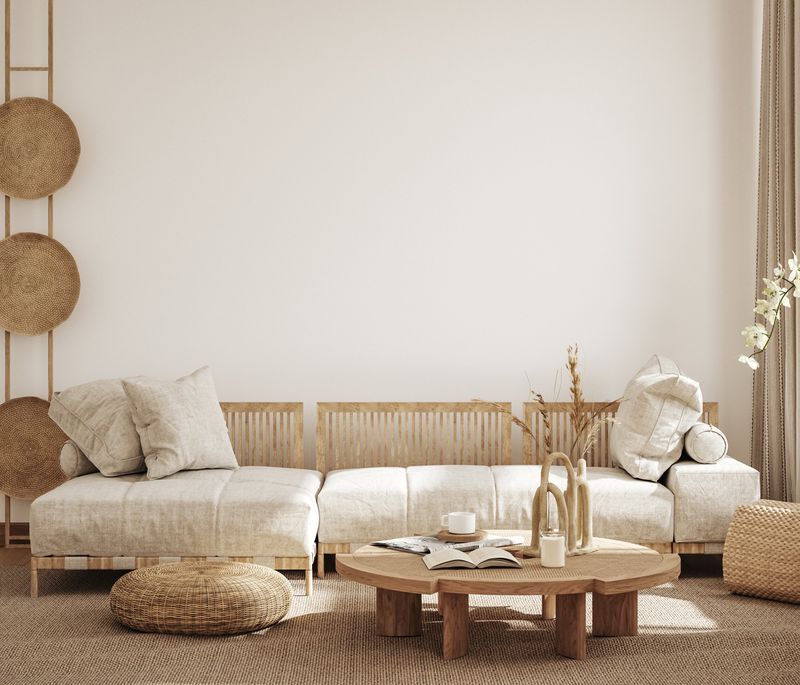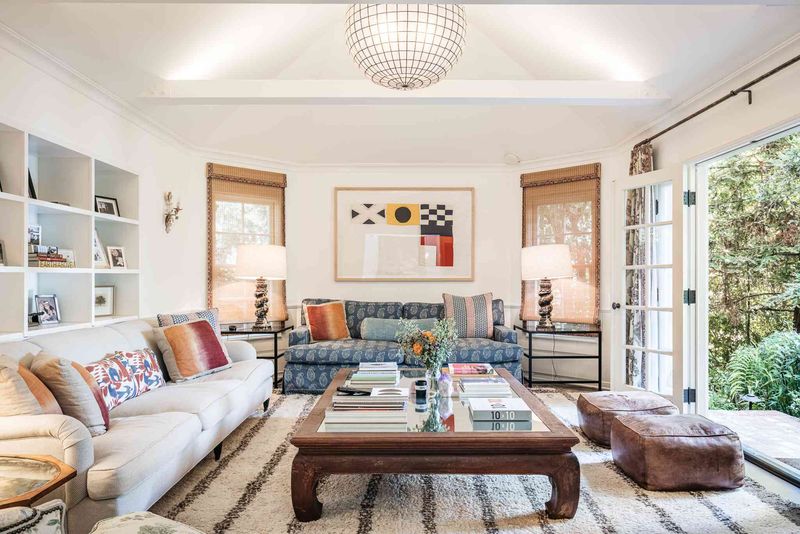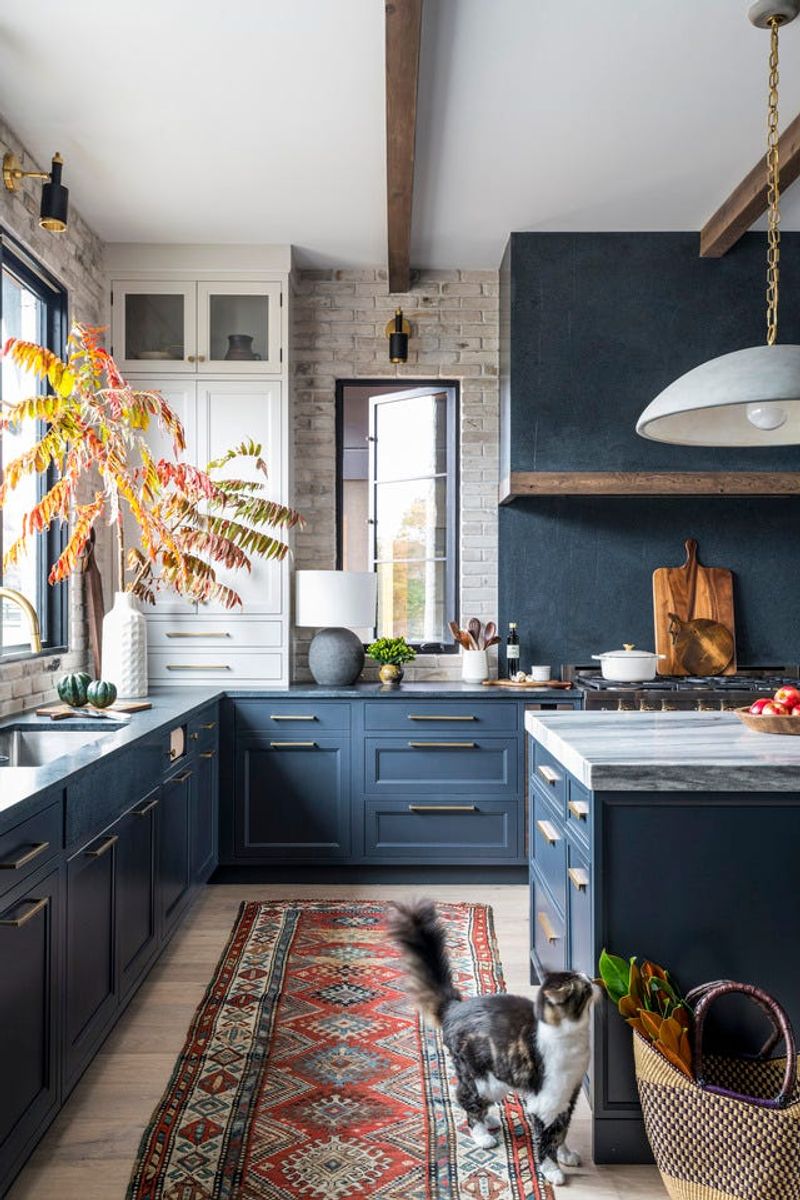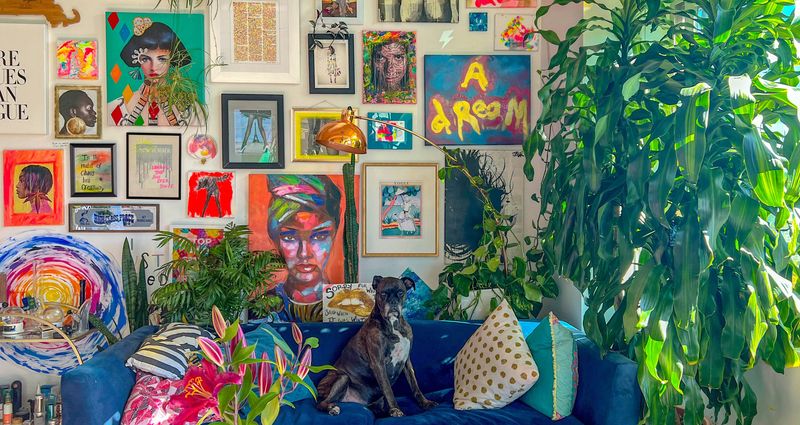Design trends may come and go, but great design is always in the details. In 2025, interior designers are shifting focus toward the subtle touches that truly elevate a space – those thoughtful elements that might not scream for attention but quietly shape how a room feels.
From clever architectural features to refined finishes, these details can take your home from basic to beautifully curated.
If you’re planning a refresh or starting from scratch, these expert-backed suggestions are worth a second look. Here are 10 design details pros are emphasizing this year—plus 7 bonus ones for a next-level look.
1. Curved Furniture Makes a Comeback
Gone are the days of sharp corners and rigid lines! Furniture with gentle curves is making a triumphant return, adding a sense of flow and softness to living spaces.
Designers are embracing rounded sofas, circular coffee tables, and arched cabinets that create visual interest while making rooms feel more welcoming. This trend perfectly balances retro inspiration with modern functionality, giving your home a timeless yet current feel.
2. Statement Ceiling Treatments
Why should walls get all the attention? Your fifth wall – the ceiling – offers untapped design potential that savvy homeowners are starting to recognize. From bold paint colors and wallpaper to wooden beams and decorative moldings, ceilings are becoming focal points rather than forgotten surfaces.
This unexpected detail draws the eye upward, creating the illusion of height while adding character that conventional designs often overlook.
3. Biophilic Design Elements
Our innate connection to nature isn’t just a passing trend—it’s becoming foundational to good design. Biophilic elements incorporate natural materials, living plants, and organic shapes that satisfy our biological need for nature.
Beyond just adding houseplants, designers recommend integrating natural stone countertops, wood accent walls, and furniture with organic silhouettes. These elements reduce stress, improve air quality, and create spaces that feel alive and responsive to human needs.
4. Smart Lighting Systems
Imagine walking into a room where the lighting automatically adjusts to your mood, the time of day, or your specific activity. This isn’t science fiction – it’s the reality of smart lighting in 2025.
Designers are incorporating programmable LED systems that can transition from energizing morning light to relaxing evening ambiance with voice commands or automated schedules. These systems save energy while creating the perfect atmosphere for every moment, making them both practical and transformative.
5. Multifunctional Spaces
The pandemic forever changed how we use our homes, and the multi-purpose room revolution is still gaining momentum. Flexible spaces that serve multiple functions are becoming essential rather than optional.
Designers recommend investing in convertible furniture like desks that transform into dining tables or guest rooms with murphy beds and built-in storage. The key is thoughtful planning that allows spaces to transition seamlessly between different uses without feeling cluttered or compromised.
6. Handcrafted Artisanal Pieces
In our mass-produced world, the soul-satisfying uniqueness of handmade items is becoming increasingly precious. Artisanal pieces tell stories that factory-made items simply cannot.
Whether it’s hand-thrown ceramic vases, woven textiles, or custom woodworking, designers suggest incorporating at least a few handcrafted elements in each room.
These pieces not only support small businesses and traditional crafts but also create conversation starters that give your space authentic personality and depth.
7. Bold Color Blocking
Forget playing it safe with neutrals everywhere! Color blocking—using distinct sections of bold, contrasting colors – is energizing interiors in exciting new ways.
This approach allows you to incorporate trendy colors without overwhelming your space, creating focal points that can be easily updated as your taste evolves.
8. Sustainable Materials
With environmental concerns taking center stage, eco-friendly materials are no longer just nice to have—they’re becoming the standard. Conscious consumers are seeking out options that minimize environmental impact without sacrificing style.
Look for reclaimed wood furniture, recycled glass countertops, and textiles made from organic or regenerative fibers. Today’s eco-friendly options are sophisticated, durable, and often indistinguishable from their conventional counterparts.
9. Mixed Metals
The old rule of matching all your metal finishes? Consider it officially outdated! Today’s designers are confidently mixing metals throughout spaces to create depth and visual intrigue.
Combining brass light fixtures with matte black hardware and stainless steel appliances adds sophistication when done thoughtfully. The secret is maintaining balance—choose one dominant metal and use one or two others as accents, making sure they appear multiple times throughout the space for intentional cohesion.
10. Statement Doorways and Transitions
Passageways between rooms offer untapped design potential that can transform your entire home experience. Forward-thinking designers are turning doorways into architectural features rather than mere necessities.
Arched doorways, pocket doors with decorative glass, and transitions defined by material changes create moments of discovery as you move through a home. These thoughtful details elevate the everyday experience of your space, turning simple movements between rooms into opportunities for delight.
1. Textural Layering
Want to know the secret to rooms that feel instantly cozy and visually interesting? It’s all about layering different textures that invite both visual and tactile exploration.
Try combining contrasting surfaces—smooth ceramics alongside rough-hewn wood, plush velvet against nubby linen, or sleek marble paired with woven rattan.
2. Statement Range Hoods
Kitchens are embracing bold focal points, with range hoods stepping into the spotlight as sculptural elements rather than utilitarian necessities. These once-overlooked features are becoming architectural statements.
Custom designs in unexpected materials like patinated copper, blackened steel, or even plaster with integrated lighting create visual anchors in cooking spaces. The best part? This upgrade offers major design impact without requiring a complete kitchen renovation, making it accessible for various budgets.
3. Japandi Style Fusion
When Japanese minimalism meets Scandinavian functionality, design magic happens! This hybrid aesthetic—Japandi—continues gaining momentum for its calming, purposeful approach to interiors.
Characterized by clean lines, natural materials, and a neutral palette with occasional muted color accents, Japandi spaces feel both warm and uncluttered.
4. Vintage and Contemporary Mixing
The most interesting homes tell stories through thoughtful combinations of old and new elements. Designers are moving away from perfectly matched furniture sets toward eclectic mixes that span different eras.
Try pairing a sleek modern sofa with a vintage coffee table, or contemporary lighting with antique side tables.
5. Unexpected Cabinet Colors
White kitchens had their moment, but designers are now encouraging bolder choices for cabinetry that express personality and create memorable spaces. Deep blues, forest greens, and even blush pinks are transforming kitchens from serviceable to showstopping.
For those hesitant to commit fully, try a two-tone approach with colored lower cabinets and neutral uppers. This trend works equally well in bathrooms, where vanities in unexpected hues can turn utilitarian spaces into design statements that feel custom and considered.
6. Fluted and Reeded Textures
Running your fingers across vertical grooves in wood or glass creates a satisfying sensory experience that flat surfaces simply can’t match. This architectural detail—appearing on furniture, glass partitions, and cabinetry—adds visual rhythm and tactile interest.
Designers are incorporating fluted panels on kitchen islands, bathroom vanities, and even wall treatments. The linear texture creates sophisticated shadow play as light changes throughout the day, adding dimension without relying on bold colors or patterns.
7. Maximalist Gallery Walls
Forget the sparse, perfectly aligned art displays of minimalist design. The pendulum is swinging toward abundant, personality-filled gallery walls that tell your unique story through a collection of meaningful pieces.
Mix different frame styles, sizes, and even media—combining paintings with photographs, textile art, and three-dimensional objects.

